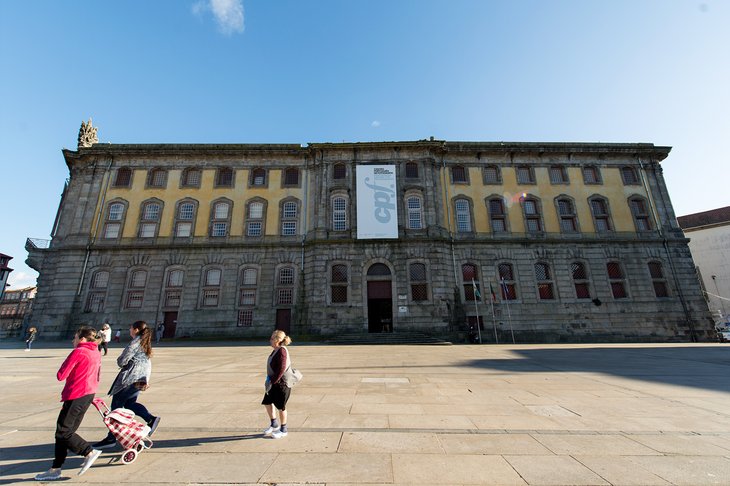Old Prison Building in Porto declared National Monument
Article

The building of the old Prison and Court of Appeal of Porto, headquarters of the Portuguese Centre of Photography since 2001, will be reclassified as a National Historic Monument.
One of its most illustrious prisoners was Portuguese writer Camilo de Castelo Branco (1860).
Although the term prison or penitentiary is often used to describe institutions that incarcerate people for longer periods of time and the term jail is often used to describe institutions focused on confining people for shorter periods of time (e.g. for shorter sentences or while waiting for trial / sentencing), when the building was established as a confinement facility, back in the eighteenth century, the time people spent waiting for trial or sentencing was not perceived as loss of rights. So, many men and women would end up forgotten in the calabooses.
Located in the Largo do Amor do Perdição, on the street of São Bento da Vitória and on the crossroads of S. Bento da Vitória, in the historic centre of Porto, the building was classified as a public interest property in June 1933, being unique in its kind as an Old Regime confinement facility.
The landmark building was built in 1765 by João de Almada e Melo. The work would be completed almost 30 years later, in 1796. It was seat to the Appeal Court and calaboose of the city of Porto. Two centuries past, the building was shut down for security reasons in April 1974, a few days after the Portuguese Revolution.
After undergoing rehabilitation works, it reopened in October 2001 to house the Portuguese Centre of Photography, a design project by architects Eduardo Souto Moura and Humberto Vieira.